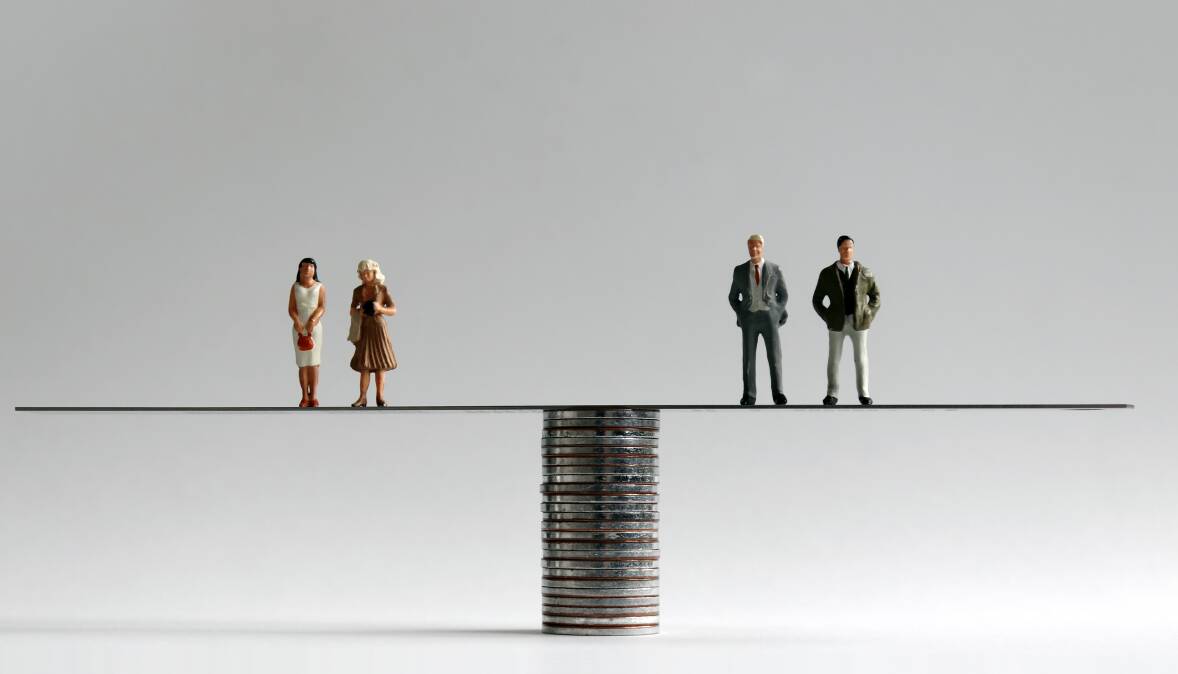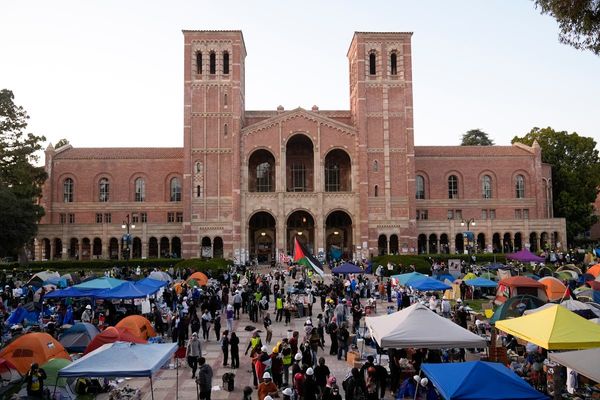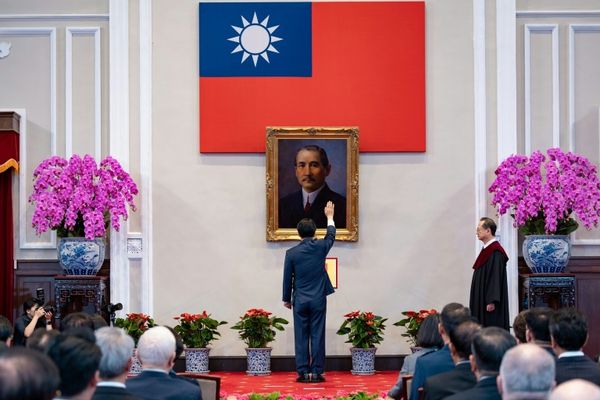
Some of the Hunter's biggest private employers have reported gender pay gaps above 30 per cent under new laws requiring bosses to reveal the difference in men's and women's pay packets.
Hunter Primary Care reported the largest gender pay gap in Australia at 73.1 per cent, though the non-profit health care provider said the result was skewed by the unusual make-up of its GP Access After Hours workforce.
Companies such as Newcastle Greater Mutual Group (34.5 per cent), mining firm Glencore (41.4 per cent), Origin Energy Eraring (34.1 per cent), Hunter Imaging Group (37.3 per cent) and health insurer NIB (30.1 per cent) reported significant gaps between what their male and female employees earn.
Other Hunter employers, including some in traditionally male-dominated sectors such as engineering, mining and manufacturing, reported much smaller pay gaps.
The pay difference was 1.8 per cent at Tomago Aluminium, 3.2 per cent at Hunter Valley Operations, 0.7 per cent at BHP Coal and 0.60 per cent in favour of women at Varley Group.
University of Newcastle reported a 3.2 per cent pay gap in favour of men, but the gap was wider at Catholic Diocese of Maitland-Newcastle (20.9 per cent) and Newcastle Grammar School Limited (15.8 per cent).
McDonald Jones Homes, now known as NXT Building Group, had a pay gap of 19.7 per cent and Hunter-based engineering company Ampcontrol's gap was 20.1 per cent.
The pay gaps are included in a landmark Workplace Gender Equality Agency report showing women earn more than men at just eight per cent of Australia's larger private sector employers.
Nationally, the median male annual remuneration, including wages, bonuses, overtime and superannuation, was 19 per cent, or $18,461, higher than the female median pay.
Every non-government organisation with at least 100 staff must disclose the difference in men's and women's pay packets under the Workplace Gender Equality Act.
Some of the nation's biggest employers recorded varying pay gaps, including 20.2 per cent at Telstra, 5.6 per cent at Coles, 5.7 per cent at Woolworths and 0 per cent at McDonald's.
WGEA will publish every company's gender pay gaps on its website on Tuesday.
The reported pay gaps are the difference between the median, or midpoint, of what men are paid and the median of what women are paid within an organisation.
Casual and part-time pay is converted into annualised full-time equivalent earnings for the purpose of calculating the gender gaps.
Hunter Primary Care chief executive Brenda Ryan welcomed the WGEA report but said her organisation's large gender pay gap was due to its "unique" workforce.
At the time of the workforce survey, the non-profit entity employed 173 doctors who worked an average of four hours a month in its after-hours service.
Hunter Primary Care said the GPs amounted to only six full-time equivalent positions, yet, under the gender pay gap methodology, all 173 were converted into annualised full-time positions.
The rest of the health provider's 461 staff amounted to 176 full-time equivalents.
"The relatively high annualised GP salaries are over-represented in the calculation, which then skews the overall result," the organisation said in a media statement.
Ms Ryan said Hunter Primary Care was committed to gender pay equality and women held three of its five senior leadership positions.
"The report has provided us an opportunity to reflect on what we are currently doing well and where we can improve," she said.
The WGEA report shows every Australian industry has a pay gap skewed in favour of men, led by construction (31.8 per cent); financial and insurance services (26.1 per cent); professional, scientific and technical services (26.2 per cent); and information media and telecommunications (24.2 per cent).
Mining had the largest total remuneration for men ($174,590) and women ($148,246) for a gender pay gap of 15.1 per cent.
Accommodation and food services had the lowest pay rates and the smallest gender pay gap of 1.9 per cent.
Virtually all mining companies (95 per cent) have pay gaps in favour of men, while nine out of 10 electricity, water, gas and waste services have pay gaps favouring men.







